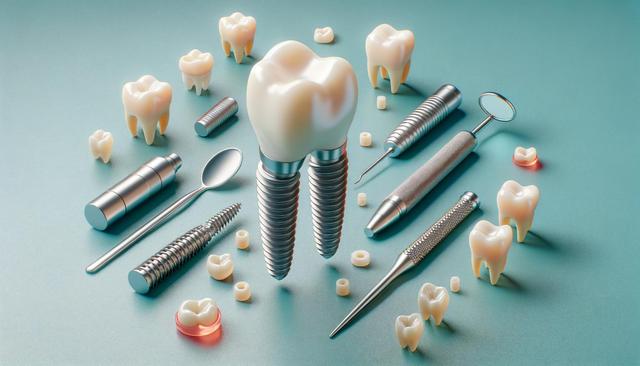What Are Quick Implants?
Quick implants, also referred to as same-day or immediate implants, are dental solutions designed to replace missing teeth in a single appointment or within a short timeframe. Unlike traditional implants that may take several months to complete due to healing and integration phases, quick implants streamline the process by placing the implant and a temporary crown in one visit. This technique is made possible through advancements in dental imaging, surgical planning, and implant materials. The goal is to restore the patient’s smile and function quickly, reducing overall treatment time while maintaining clinical effectiveness.
These implants are particularly beneficial for patients who meet specific criteria such as having sufficient jawbone density and good oral health. However, not every case qualifies for immediate loading, and a comprehensive evaluation is necessary to determine suitability. Dentists rely on precise diagnostics, including 3D imaging and digital impressions, to plan the procedure accurately and minimize complications.
Benefits of Quick Implants
One of the most appealing aspects of quick implants is the reduced treatment time. For individuals with busy lifestyles or those seeking rapid aesthetic improvements, immediate placement can be a significant advantage. Here are some key benefits patients often experience:
- Minimally invasive procedures with fewer surgical visits
- Faster restoration of chewing function and appearance
- Lower risk of gum recession due to immediate support
- Improved patient satisfaction due to quick results
Additionally, quick implants can contribute to better psychological well-being. Patients often feel more confident and less self-conscious when missing teeth are replaced promptly. This can have a positive impact on social interactions and quality of life.
Who Can Benefit from Quick Implants?
While quick implants are a viable solution for many, they are not suitable for everyone. Ideal candidates typically include:
- Individuals with good overall oral health
- Patients who have sufficient bone volume and density
- Non-smokers or those willing to quit during the healing phase
- People without chronic conditions that may impair healing
In some cases, bone grafting or other preparatory procedures may be necessary before considering a quick implant. A dental professional will evaluate the patient’s health history, oral condition, and treatment expectations to recommend the appropriate approach. It’s important for anyone considering this option to have realistic expectations and a clear understanding of the process.
The Process of Getting Quick Implants
The quick implant procedure typically involves several well-coordinated steps, even though the actual placement is completed quickly. The process starts with a detailed consultation and diagnostic imaging. Once the treatment plan is finalized, the surgery is scheduled, during which the implant is placed into the jawbone and a temporary crown is attached.
Post-surgery, patients are advised on care instructions and follow-up visits to monitor healing. The body still requires time to fully integrate the implant with the bone—a process known as osseointegration. After a few months, the temporary crown is replaced with a permanent one that matches the surrounding teeth in shape and color. The efficiency of this process depends heavily on the initial planning and the patient’s compliance with aftercare instructions.
Some advantages of this streamlined process include:
- Immediate cosmetic improvement
- Shorter recovery period compared to staged treatments
- Fewer appointments needed overall
Potential Considerations and Limitations
While quick implants offer many advantages, it’s essential to consider their limitations. The success of the procedure largely depends on proper case selection and expert execution. Risks such as implant failure, infection, or improper integration can occur if conditions are not ideal or if post-operative care is neglected. Additionally, the upfront cost of quick implants may be higher than traditional options due to the technology and materials involved.
Patients must also be aware that immediate loading may not provide the same stability as a fully healed implant in the early stages. Therefore, temporary crowns are often made from lighter materials to reduce pressure during the healing process. Regular follow-ups are crucial to ensure the implant remains secure and complications are addressed promptly.
In summary, while quick implants provide an effective and efficient solution for tooth replacement, they must be approached with care, proper planning, and professional guidance.






